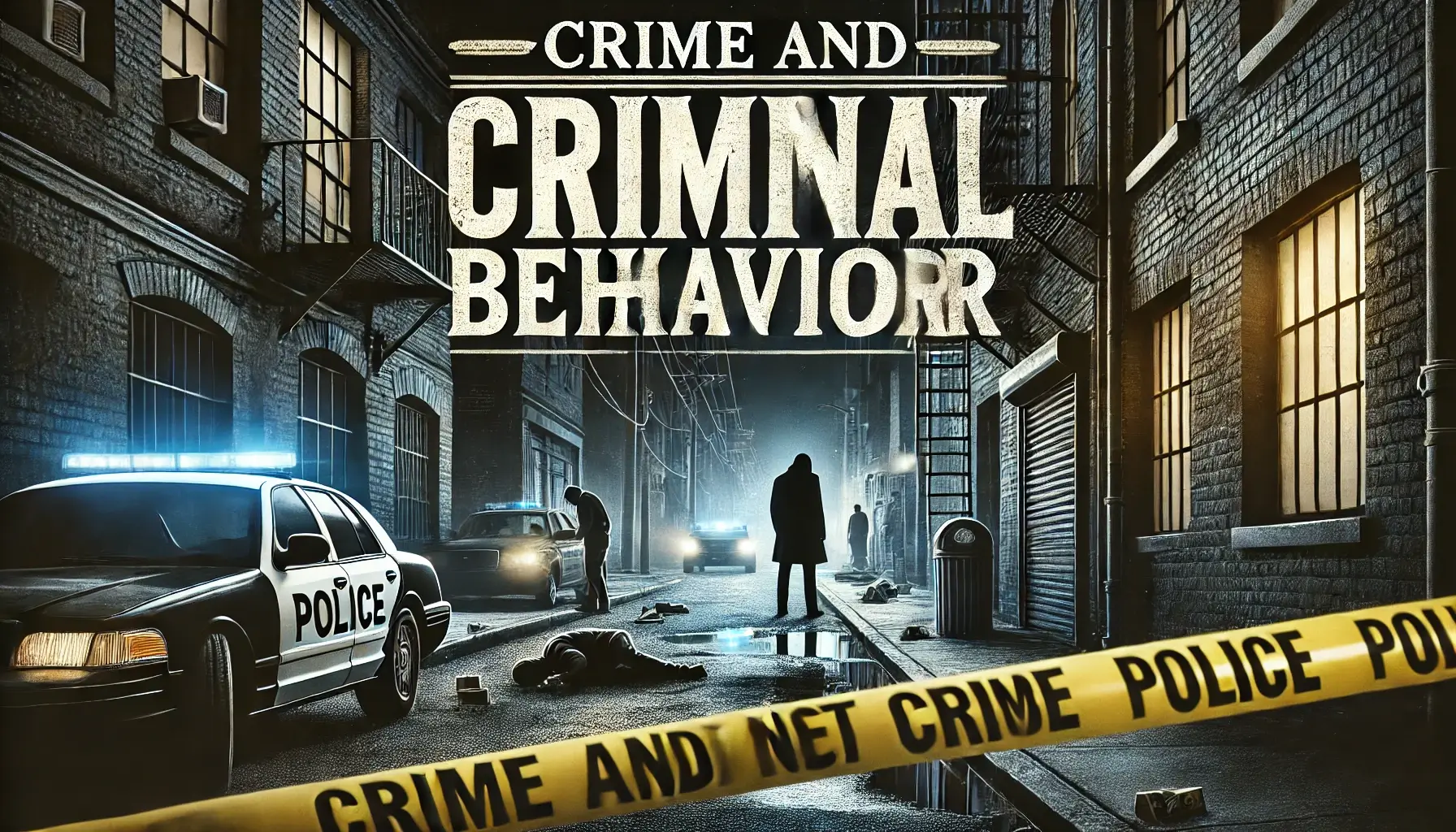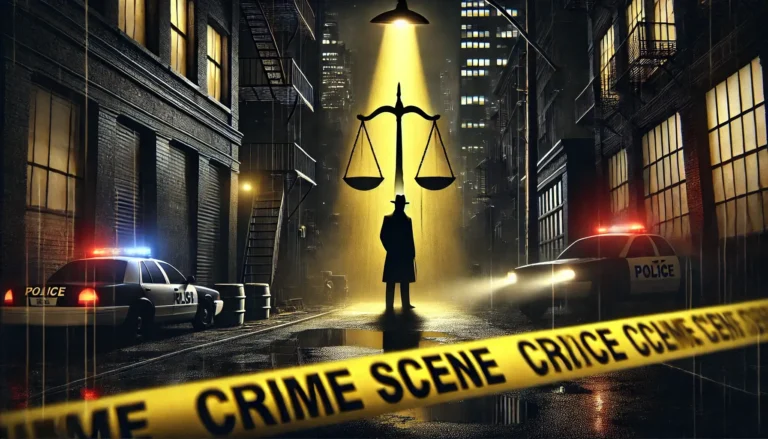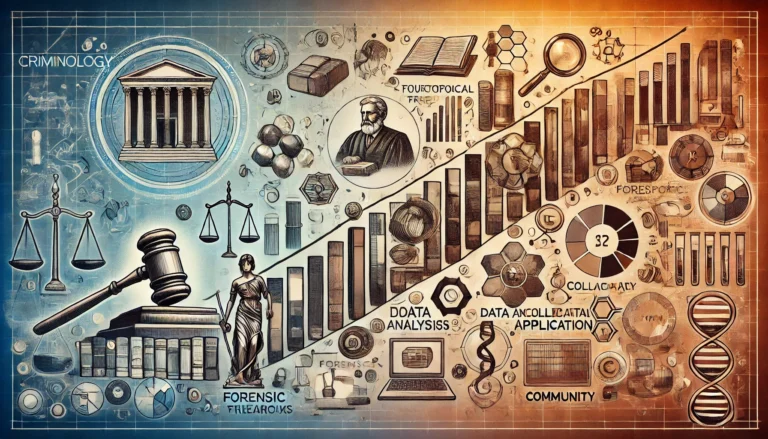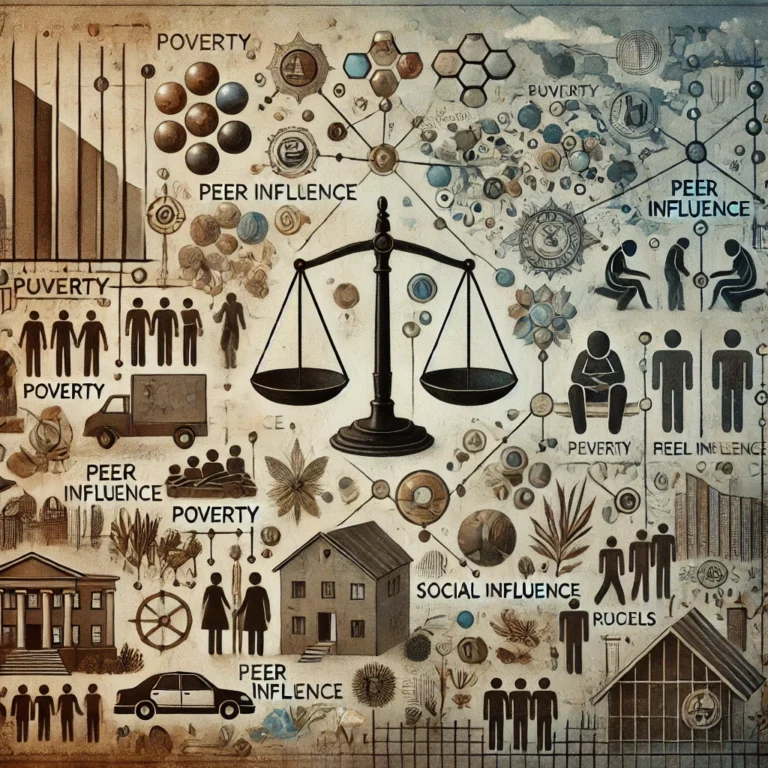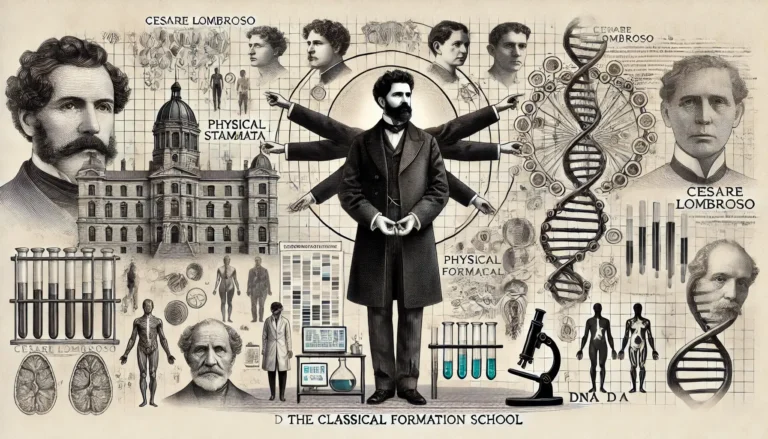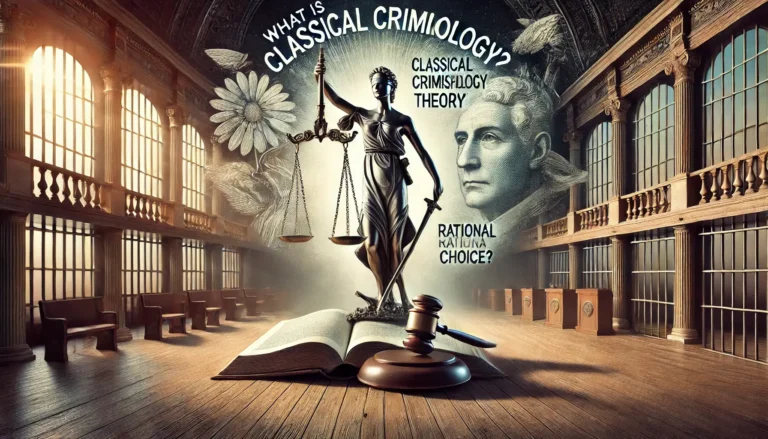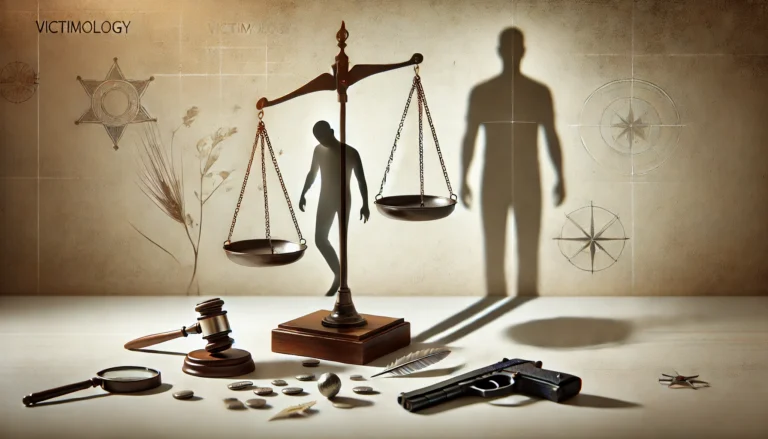Crime and Criminal Behavior: Causes, Theories, and Prevention
Introduction to Crime and Criminal Behavior
Crime and criminal behavior are fundamental concerns in society, influencing legal systems, policies, and public safety measures. Crime refers to actions that violate legal norms and result in societal condemnation, while criminal behavior encompasses the psychological, social, and economic factors that lead individuals to commit crimes. Understanding the nature of crime and its underlying causes is essential for developing effective crime prevention strategies and legal frameworks.
Historical Perspectives on Crime
The study of crime dates back to ancient civilizations, where laws were established to regulate social conduct. Early legal codes, such as the Code of Hammurabi and Roman law, laid the foundation for modern legal systems. The evolution of criminology has seen various theories emerge, from the classical school, which emphasized free will and rational decision-making, to the positivist school, which focused on biological and environmental influences on criminal behavior.

Theoretical Frameworks in Criminology
Several criminological theories attempt to explain crime and criminal behavior:
- Classical Theory: Proposes that individuals commit crimes based on rational choice and cost-benefit analysis.
- Biological Theories: Suggest genetic and neurological factors influence criminal tendencies.
- Psychological Theories: Highlight personality disorders, cognitive development, and mental illness as contributing factors.
- Sociological Theories: Emphasize social structures, relationships, and economic conditions as determinants of crime.
- Strain Theory: Argues that societal pressures to achieve success contribute to criminal behavior.
- Social Learning Theory: Suggests that criminal behavior is learned through interactions with others.
Psychological Aspects of Criminal Behavior
The psychological dimension of criminal behavior includes:
- Personality Traits: Impulsivity, aggression, and antisocial behavior are linked to criminal tendencies.
- Mental Disorders: Conditions such as schizophrenia and psychopathy can increase the likelihood of criminal acts.
- Cognitive Processes: Deficits in moral reasoning and problem-solving skills can contribute to criminal behavior.
Sociological Influences on Crime
Social structures and environments significantly impact crime rates. Factors include:
- Family and Upbringing: Dysfunctional families and childhood trauma can lead to criminal behavior.
- Education and Employment: Lack of education and job opportunities increase crime rates.
- Community and Peer Influence: High-crime neighborhoods and peer pressure contribute to criminal activities.

Economic and Political Factors in Criminal Behavior
Economic disparities and political instability can lead to increased crime rates. Key aspects include:
- Poverty and Unemployment: Financial struggles can push individuals towards crime.
- Corruption and Governance: Weak legal institutions and corruption undermine law enforcement efforts.
- Globalization and Crime: Technological advancements have led to new forms of crime, such as cybercrime and transnational organized crime.
Types of Crime: A Detailed Classification
Crime can be categorized into several types:
- Violent Crimes: Murder, assault, and robbery.
- Property Crimes: Theft, burglary, and vandalism.
- White-Collar Crimes: Fraud, embezzlement, and insider trading.
- Cybercrime: Hacking, identity theft, and online fraud.
- Organized Crime: Drug trafficking, human trafficking, and money laundering.
Modern Trends in Criminal Activities
Contemporary crime trends include:
- Cybercrime Growth: Increased internet usage has led to sophisticated cybercriminal activities.
- Terrorism: Political and ideological motivations drive terrorist acts worldwide.
- Human Trafficking: A major transnational crime involving forced labor and exploitation.
- Drug Epidemics: The rise in opioid and synthetic drug abuse has contributed to organized crime.
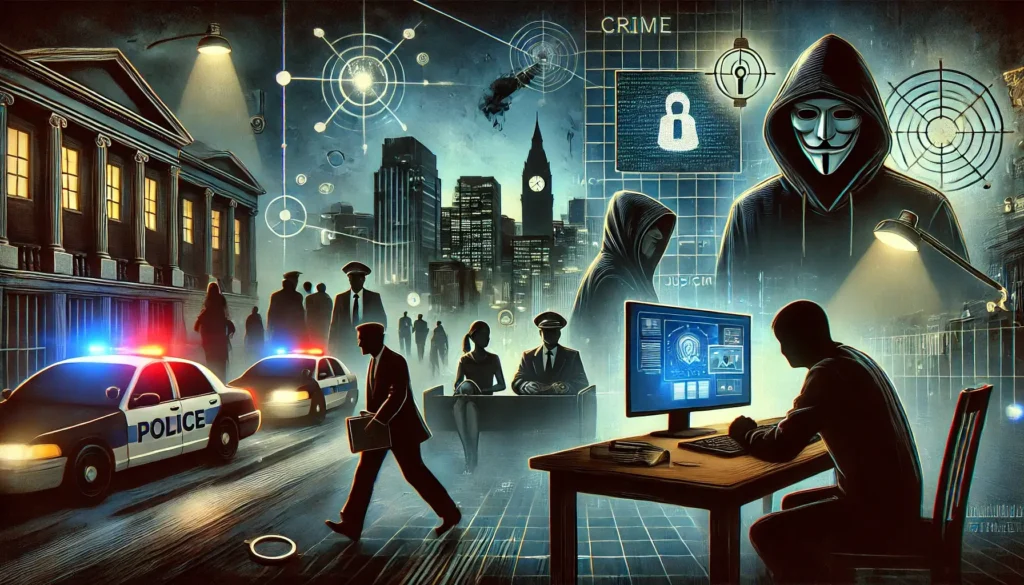
Crime Prevention Strategies and Criminal Justice Systems
Efforts to reduce crime include:
- Law Enforcement: Strengthening police forces and judicial systems.
- Rehabilitation Programs: Offering education and therapy to offenders.
- Community-Based Initiatives: Engaging local communities in crime prevention efforts.
- Technological Innovations: Using AI and data analytics to predict and prevent crimes.
The Future of Criminology and Crime Prevention
Advancements in forensic science, artificial intelligence, and behavioral analysis will shape the future of criminology. Predictive policing, international cooperation, and policy reforms will play a crucial role in minimizing crime and ensuring justice.
Understanding crime and criminal behavior remains an ongoing challenge. By integrating multidisciplinary approaches, societies can develop more effective solutions to combat crime and promote a safer world.

